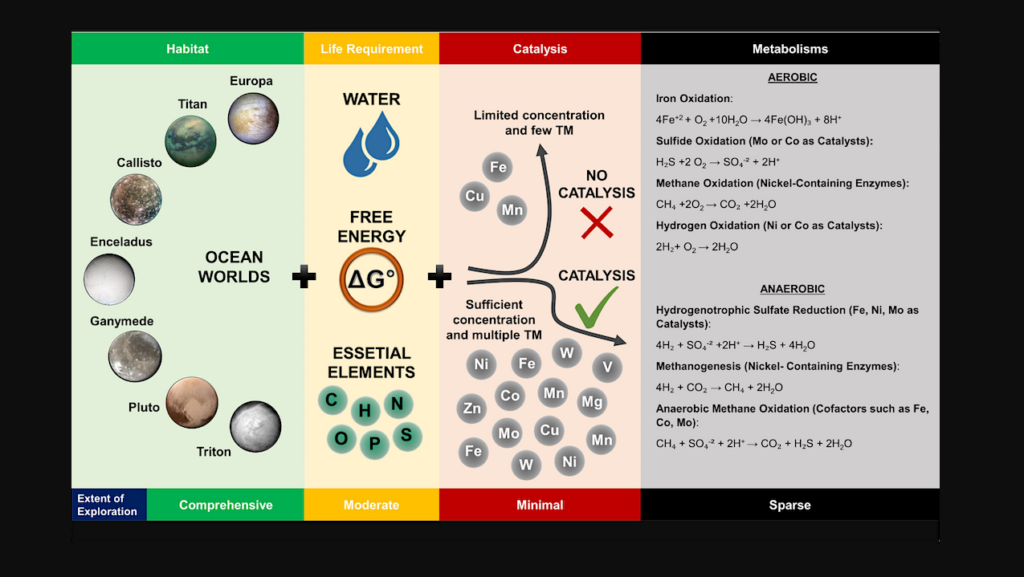Rotational 'Goldilocks' Zones for Fractional Habitability and Silicate Weathering

Planetary rotation rate has a significant effect on atmospheric circulation, where the strength of the Coriolis effect in part determines the efficiency of latitudinal heat transport, altering cloud distributions, surface temperatures, and precipitation patterns.
In this study we use the ROCKE-3D dynamic-ocean general circulation model to study the effects of slow rotations and increased insolations on the ‘fractional habitability’ and silicate weathering rate of an Earth-like world. Defining the fractional habitability f_h to be the percentage of a planet’s surface which falls in the 0 <= T <= 100 C temperature regime, we find a moderate increase in f_h with a 10% and 20% increase in insolation and a possible maximum in f_h at sidereal day-lengths between 8 and 32 times that of the modern Earth. By tracking precipitation and run-off we further determine that there is a rotational regime centered on a 4-day period in which the silicate weathering rate is maximized and is particularly strongly peaked at higher overall insolations. Because of weathering’s integral role in the long-term carbonate-silicate cycle, we suggest that climate stability may be strongly affected by the anticipated rotational evolution of temperate terrestrial-type worlds, and should be considered a major factor in their study. In light of our results we argue that planetary rotation period is an important factor to consider when determining the habitability of terrestrial worlds. Climates of Warm Earth-like Planets II: Rotational ‘Goldilocks’ Zones for Fractional Habitability and Silicate Weathering
Tiffany Jansen, Caleb Scharf, Michael Way, Anthony Del Genio
(Submitted on 11 Oct 2018)
Comments: 10 pages, 9 figures, submitted to ApJ
Subjects: Earth and Planetary Astrophysics (astro-ph.EP)
Cite as: arXiv:1810.05139 [astro-ph.EP] (or arXiv:1810.05139v1 [astro-ph.EP] for this version)
Submission history
From: Tiffany Jansen
[v1] Thu, 11 Oct 2018 17:41:05 GMT (1457kb,D)
https://arxiv.org/abs/1810.05139
Astrobiology








